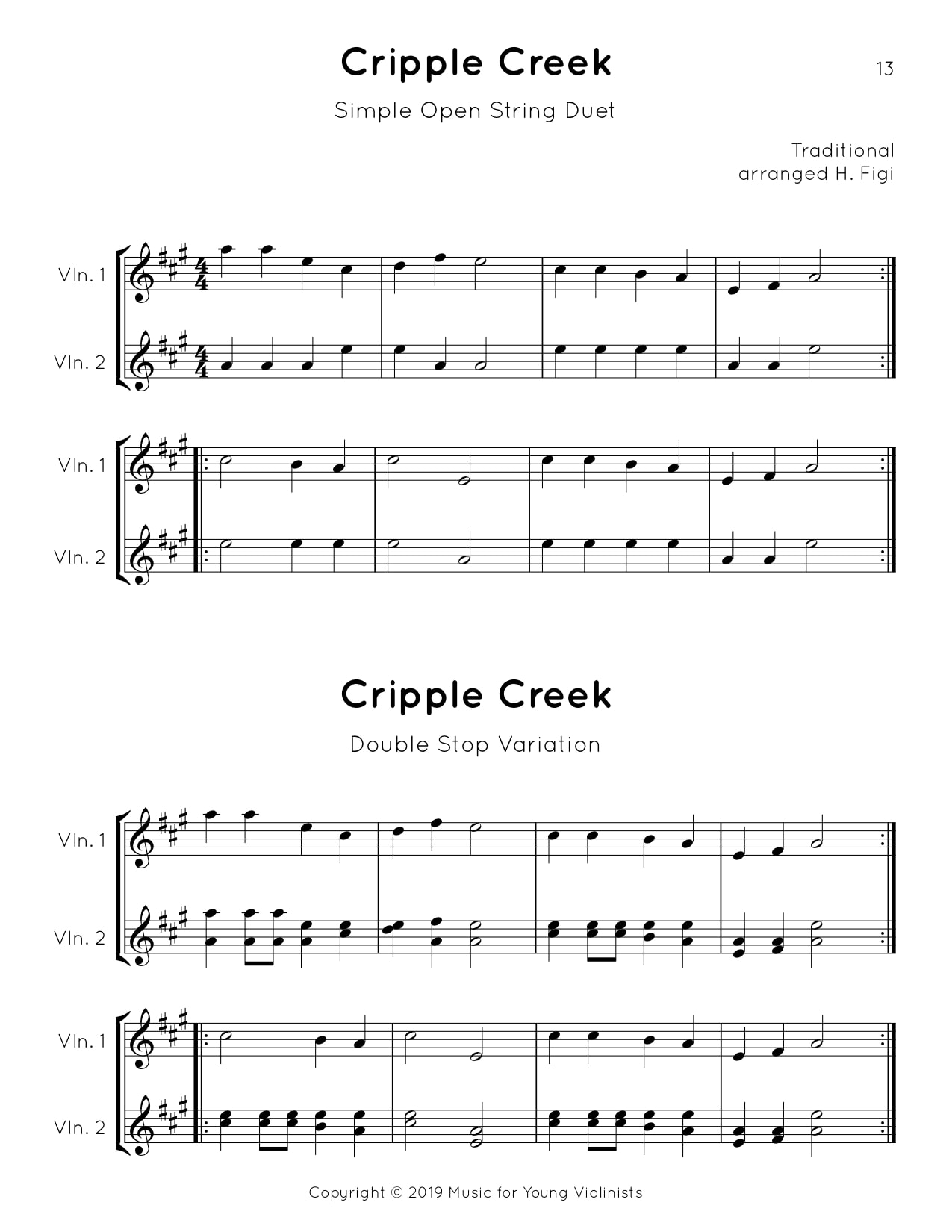

It also comes with sticky foam sheets to put on your violin for thumb placement. "Mark! Set! Go!" comes with tape to place where your fingers need to be. One easy way to help with proper thumb movement and placement is to use Mark! Set! Go! Instrument Fingerboard Tape. Your thumb should never trail behind or move ahead of your hand. Move your left thumb so it stays inline with your first finger. Then add the bow to hear how your shift sounds. Put down your violin bow and practice with just the left hand shifting up and back down. Start with practicing shifts that use the same finger. Hold off on putting the new finger down until you are close.įinger Exercises for Shifting Positions on The Violin Like an airplane if you drop too fast and land too soon, the results could be disastrous. Wait to place the new finger down till you get close to the final destination. Begin on the old note and slide into the new one. Like an airplane coming in for landing shifting into higher positions needs to be a gentle transition. Mental Visualizations for Shifting Positions on The ViolinĪ mental picture that my students have found helpful when shifting positions and changing fingers at the same time is comparing shifting to an airplane. 6th Position has the same fingering as 2nd Position and 7th Position has the same fingering as 3rd Position.

4th Position is located in between 3rd and 5th position.Ħth and 7th Positions are for very advanced students. 4th position is also frequently used when playing in 3rd position and you want to extend your note range for a short period of time to avoid crossing strings, as well as when you are playing in 5th position and you want to catch a note that is a little lower, but don't want to have to change strings to do it. To play in this position put your 1st finger where your 2nd finger would normally play in first position.Ĥth Position although less common is also very helpful, particularly in the study of scales. 2nd position is located in between 1st and 3rd position. Usually 2nd position is played to avoid crossing strings in music and to play an extended fourth finger. Part of the reason that students have difficulty with 2nd position is that all of the fingerings are just one finger off of 1st position. Many students love learning 5th position because it is exactly the same fingering as 1st position with an additional range of notes on the E string.Ģnd Position can be a confusing position to learn, but is also a very helpful position. To play 5th position, shift your first finger to the spot your third finger was placed in third position. 5th position is higher on the fingerboard and (varies slightly from violin to violin) is located close to where the body of the violin begins. It is also common for higher level school orchestra music to contain a lot of 5th position work. 5th position is used in more difficult intermediate music and early advanced music. Next in rank to 1st position, 3rd position is where a violinist will spend a majority of their playing.ĥth Position is usually learned after a player gains a great understanding of 3rd position. In 3rd position the first finger will shift up to the location where the third finger is placed when playing in 1st position. In this position, the hand is low on the fingerboard and closer to the scroll.ģrd Position is the first new position you should learn when advancing from beginner to intermediate. Almost all of beginning music will take place in 1st position. It is listed in order that the positions are typically taught.ġst Position is the very basic position. The definition of shifting positions on the violin is moving your whole hand up or down the fingerboard to change notes.īelow is a short description of the location and uses of the different position. Simple mental visualizations, finger exercises, and workbooks can help. For many students this can be a frustrating road block. In order to progress on the violin, you must master the art of shifting positions on the violin. Guide To Shifting Positions on the Violin


 0 kommentar(er)
0 kommentar(er)
